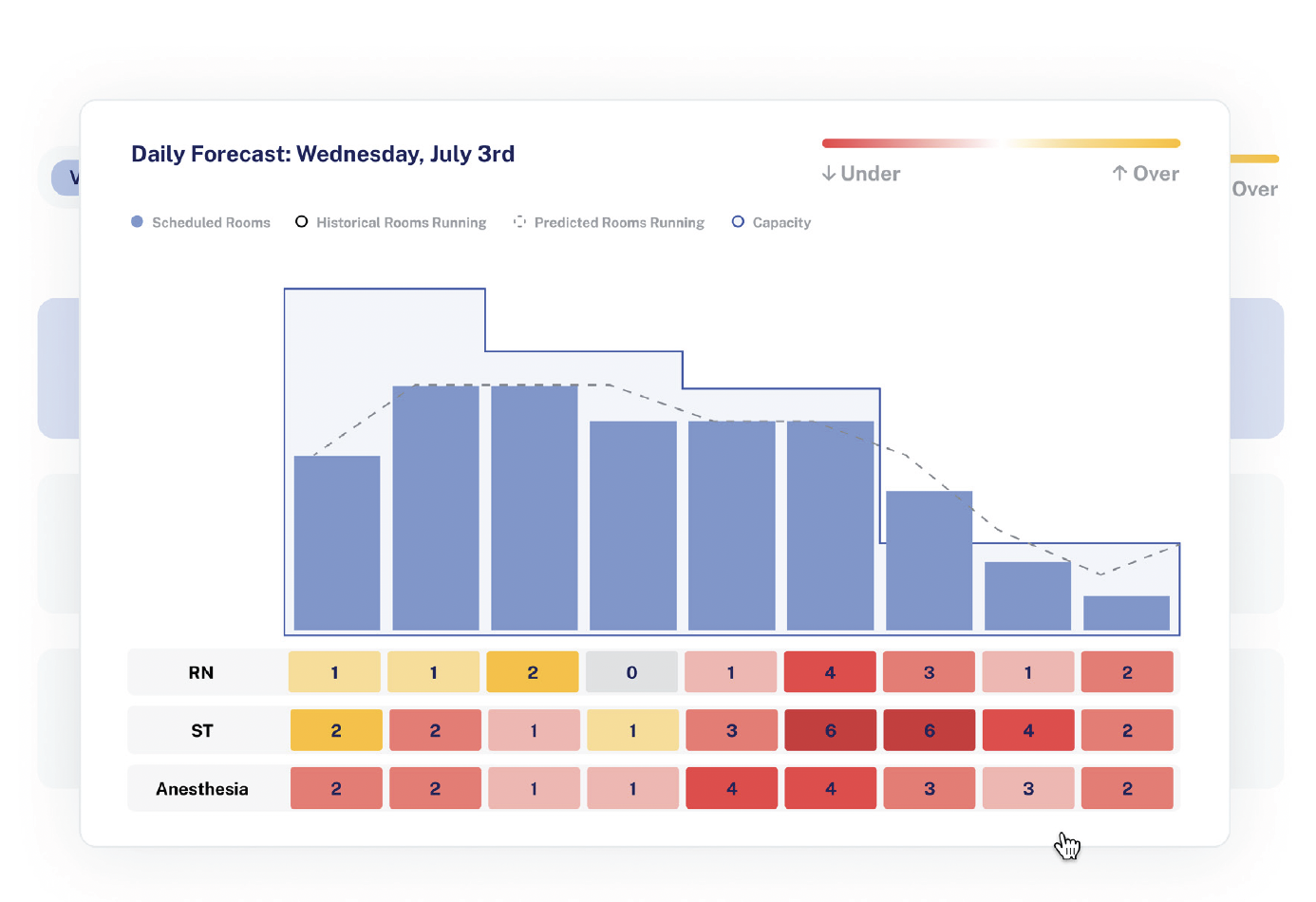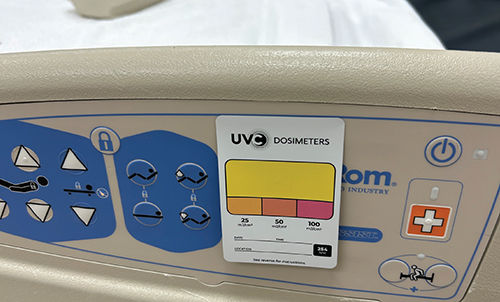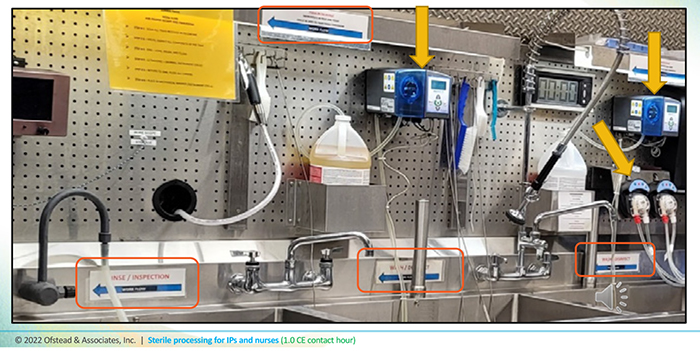CMS calls for demonstrations of AI technology in healthcare

Editor's Note Aligning with a recent executive order promoting safe and effective use of artificial intelligence (AI) in healthcare, the Centers for Medicare & Medicaid Services (CMS) is seeking input on what providers and others are doing with the technology. Issued September 9, the Request for Information (RFI) invites healthcare…
Pilot project takeoff proves promise of AI staff optimization

Perioperative leaders face mounting pressures to optimize resources, reduce costs, and improve patient outcomes. However, one challenge stands out among the rest: OR staffing shortages. According to a November/December survey conducted by LeanTaaS in collaboration with OR Manager, staff recruitment and retention is a top priority for OR leaders this…
The rise of AI in radiology—and what the future holds

When it comes to the adoption of artificial intelligence (AI) in medicine, radiology is leading the charge. As of May 13, 2024, the US Food and Drug Administration (FDA) had approved nearly 900 AI- and machine learning (ML)-enabled devices, and the vast majority of them are in radiology. One example…
Built to grow: Key elements of planning a new ASC

Are you part of the ambulatory surgery center (ASC) construction boom? Approximately 116 new facilities opened in 2023, according to Becker’s ASC Review, and more are planned for and underway in 2024. The upward trend shows no signs of slowing. Fortune Business Insights projects the US ambulatory surgery center market…
Supply chain stability improves, but threats remain
Editor's Note Released April 9 by the Association for Supply Chain Management (ASCM) and KPMG LLP, the KPMG Supply Chain Stability Index reveals an overall improvement in supply chain stability throughout 2023. However, points of weakness persist. According to the index, factors preventing a complete return to pre-pandemic normalcy include the…
Surface disinfection: How to play your cards right with UVC light

Approximately one in 31 hospital patients has at least one infection on any given day, according to the Centers for Disease Control and Prevention (CDC). In surgical settings, the risk is even higher, with up to 7% of patients developing an infection during surgery. These infections can lead to a…
Why OR leaders should revisit sterile processing basics

Sterile Processing Department (SPD) managers and technicians know a thing or two about pressure. In a recent webinar covering sterile processing basics, Cori L. Ofstead, MSPH, president and CEO of Ofstead & Associates, Inc, and Abby Smart, MPH, research associate, cited the example of a 480-bed hospital that performed 13,650…
Testing shows promise for automated anesthesia monitoring, delivery system
Editor’s Note A new automated delivery system for anesthesia that has been effectively tested in monkeys could eventually be used by doctors to identify and deliver the right dose of drugs in people. The findings appeared October 31 in PNAS (Proceedings of the National Academy of Sciences of the United…
Digital transformation and its impact on OR utilization

Over my 40-year career—after starting at the bedside in surgical intensive care, moving to emergency medicine, and then to perioperative services—I have been fortunate to progress into executive leadership positions in academic medical center health systems and community hospitals, consult with a top global advisory firm, and now work in…
HHS Report: Role of automation in cybersecurity attacks
Editor's Note As cyber attacks on healthcare organizations continue to rise in number, the US department of Health and Human Services (HHS) released a report examining the role of automation in cybersecurity, December 13 Health Care Dive reports. According to cybersecurity company, Sophos, the percentage of ransomware attacks on healthcare…

 Free Daily News
Free Daily News